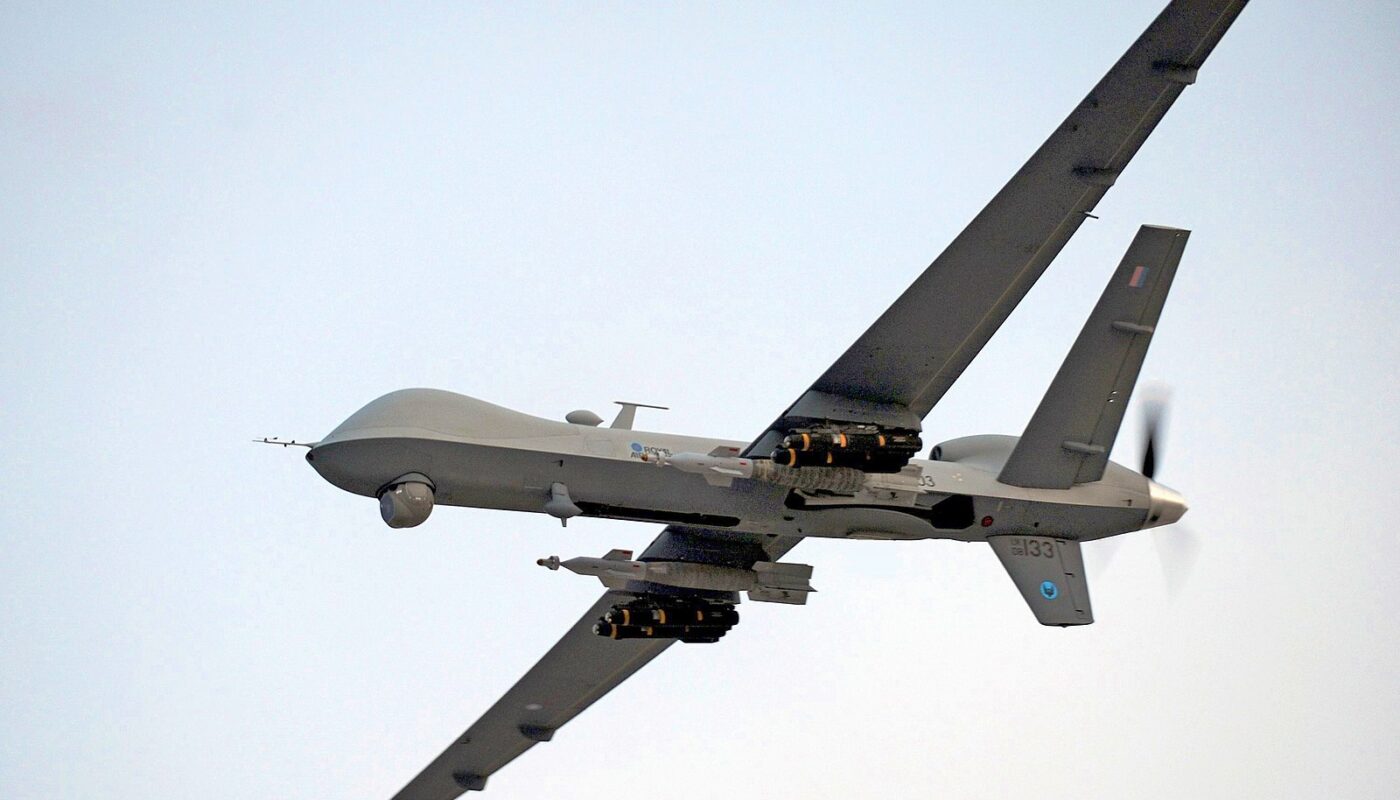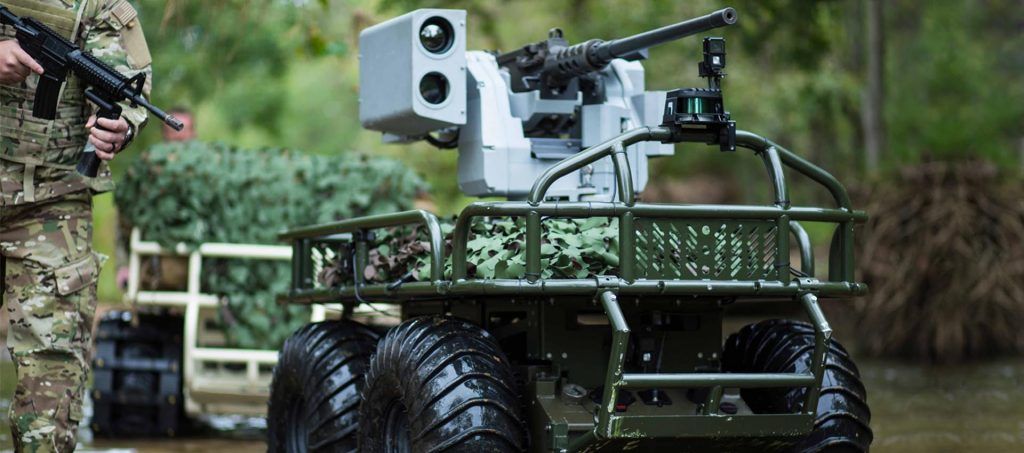Unmanned Combat Aerial Vehicles, commonly known as UCAVs, are increasingly reshaping modern warfare. Once only utilized for reconnaissance and surveillance missions, these robotic planes can now autonomously engage in combat operations. This emerging technology is revolutionizing airpower and raising novel legal and ethical questions.
What are UCAVs?
An UCAV refers to any unmanned aircraft system capable of carrying and employing organic weapons such as missiles, bombs, or guns to conduct targeted attacks. Unlike armed drones like the MQ-9 Reaper, which are remotely piloted, UCAVs have greater autonomy and use advanced sensors and computing power to independently identify, track, and strike targets. Notable examples include the X-47B developed by Northrop Grumman for the US Navy and the Tian Ying or Sky Sword under development by China Aerospace Science and Technology Corporation.
Early Development and Testing
The earliest known UCAV program dates back to the late 1980s when Israel’s Malat developed the first stealthy flying wing UCAV called the Mastiff. This drone demonstrated autonomous takeoff, landing, and weapons delivery capabilities. In the 2000s, the US Defense Advanced Research Projects Agency launched the ACES program to advance autonomous control technologies. The US Navy’s Unmanned Combat Air System Demonstration involved successful test flights of the X-47B taking off from and landing on an aircraft carrier autonomously in 2013.
Entering Operational Service
While some nations like the US continue focusing on incorporating UCAVS into carrier air wings, other countries are nearing deployment of combat-ready systems. Chinese state media reported the first test flight of the Tian Ying in 2019 and noted it could conduct autonomous takeoffs, landings, and collaborative attacks with manned jets. Experts project it may enter operational service within this decade. In 2021, Turkey claimed its first domestically-produced autonomous combat drone, the Bayraktar Kizilelma, performed a successful test strike. With further improvements, these UCAVs could see actual combat use in potential regional conflicts.
Potential Missions and Advantages
UCAVs present military forces with new operational options and tactical advantages over manned aircraft:
– Persistent Surveillance: UCAVs can maintain continual surveillance over areas of interest for extended periods without tiring pilots. This facilitates monitoring of enemy troop movements and activities.
– Kinetic Attacks: Their weapons payload allows UCAVs to conduct precision strikes against identified targets. As drones don’t endanger pilot lives, they offer a way to remove hostile forces without risking casualties.
– Supply Destruction: Attack missions targeting logistical vehicles, fuel dumps, ammunition stockpiles etc. aim to degrade opponent military resources and sustainment capabilities.
– Counterinsurgency: In low-risk environments with limited air defenses, UCAVs provide reconnaissance and precision killing of insurgent leaders through ongoing intelligence, surveillance, target acquisition, and reconnaissance (ISTAR) operations.
– Coordinated Operations: Swarms or packages of UCAVs cooperating with manned aircraft could complicate enemy air defense responses through coordinated sensing, communications and attacks from multiple directions.
– Attritable Platforms: As UCAVs have no human operators, military forces may accept higher risks and losses in their missions, filling a role sometimes called “kamikaze drones”. This attritable design makes them expendable assets.
– Carrier-Borne Operations: As demonstrated by X-47B tests, UCAVs can perform the challenging tasks of carrier landings autonomously thereby opening up the carrier air wing concept to unmanned systems. This significantly extends the reach and persistence of carrier aviation.
Legal and Ethical Dilemmas
The capability of UCAVs to autonomously select and engage targets without real-time human supervision raises complex issues:
– Lack of Accountability: As artificial intelligence, not individuals, determines targets, it diminishes legal and political accountability for faulty or disproportionate attacks. There are no pilots accountable for judgment errors.
– Risk of Bias or Error: Concerns surround potential for algorithmic targeting systems to incorporate unknown biases or make flawed assessments leading to unintended civilian harm due to technical or software limitations.
– Blurring of Human Control: Degrees of autonomy may challenge international humanitarian law principles requiring “constant care by competent personnel” and “human judgment on the use of weapons.”
– Proliferation Risks: Widespread availability and adoption of lethal autonomous weapons may lower the threshold for resorting to force and make conflicts more likely due to lack of risk to one’s forces. This could undermine strategic stability.
As UCAVs and their autonomy continue advancing, the international community will need to carefully consider frameworks to ensure accountability, compliance with legal norms of distinction and proportionality, and ultimately meaningful human involvement in deciding life-and-death matters. Robotic airpower raises profound concerns that must be addressed proactively through open debate and concrete policy action.
UCAVs signify a new epoch in aviation that will only grow more prominent in the coming decades. While contentious issues surround their usage, these aircraft systems offer undeniable operational advantages that have driven military investment. Nations are actively developing UCAVs and integrating them into their warfare concepts. Whether and how autonomous weapons may legally and ethically be employed remains hotly disputed worldwide. All sides must work to ensure new technologies progress responsibly and in a manner preserving humanitarian legal standards. But the winds of change are evident – robotic planes have entered combat to revolutionize air warfare.
*Note:
1. Source: Coherent Market Insights, Public sources, Desk research
2. We have leveraged AI tools to mine information and compile it



